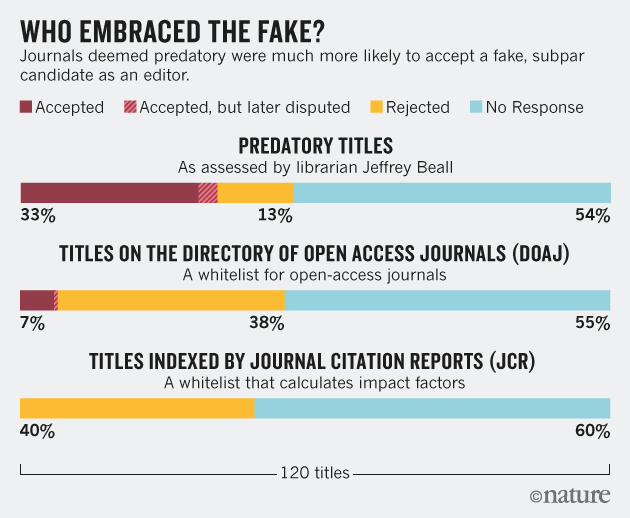
There are theoretic
advantages to a mechanical chest compression device (i.e. Lucas device). They demonstrate improved blood
pressure and coronary perfusion pressure compared to regular CPR. In addition,
the earlier observational studies looked promising.
However, there is a theoretical
downside. Paradoxically, CPR may be interrupted more when fumbling to fit the
device. Or even worse, they may increase time to defibrillation.
So, which is better?
This meta-analysis gathered the available data from out-of-hospital cardiac. Survival to hospital admission was the
primary outcome of interest. They also looked at any ROSC, survival to hospital
discharge and favourable neurologic outcome at discharge.
The authors found 20
studies of which 5 were RCT’s.
In total, there were 21,363 patients included with just over half from the trials.
The observational studies and the clinical trials were pooled and analysed
separately.
For survival to admission, the RCT’s showed no advantage to the mechanical devices. Whereas the lower
quality observational data demonstrated
a benefit in favour of mechanical CPR.
How could this be?
Confounding.
In observational studies, patients are not randomised to a
treatment allocation. As such, one group
is usually “sicker” than the other. Perhaps the machine was utilised more when
the paramedics thought the patient had a greater chance of survival (i.e. younger,
witnessed arrest, bystander CPR, shockable rhythm)?
Researchers try to
correct for this by doing some fancy
statistics; propensity scores, stratified analysis, multivariate
adjustment, logistic regression, etc. But these techniques are far from perfect. Furthermore, there
are always the unknown and unmeasured confounders.
This may be irrelevant anyway. The most important outcome, “favourable neurologic outcome at discharge”
was no different in both the RCT’s and observational meta-analysis.
What’s the take home?
In all comers, it looks like there is no advantage to a mechanical compression device.
But there remains some
“what if” questions.
What if we educated staff in how to fit the device very quickly
while ensuring rapid defibrillation? What if it’s an overdose patient that
needs prolonged good quality CPR? What if it's a bridge to the cath lab? What if the technology improves? What if we
use the device as a cocktail shaker?
That’s a lot of what if’s…
Covering:
Bonnes JL, Brouwer MA, Navarese EP, et al. Manual Cardiopulmonary
Resuscitation Versus CPR Including a Mechanical Chest Compression Device in
Out-of-Hospital Cardiac Arrest: A Comprehensive Meta-analysis From Randomized
and Observational Studies. Ann Emerg Med. 2016;67:349-360. [Link]













